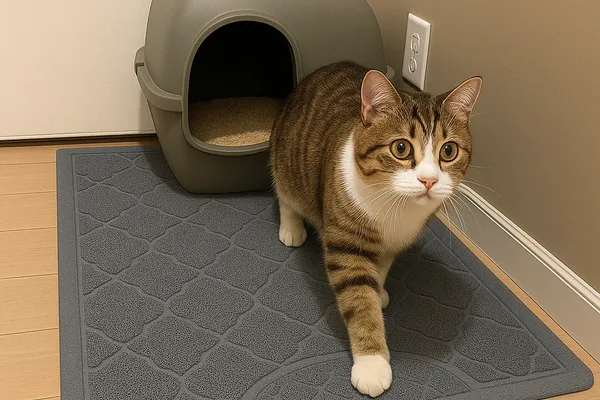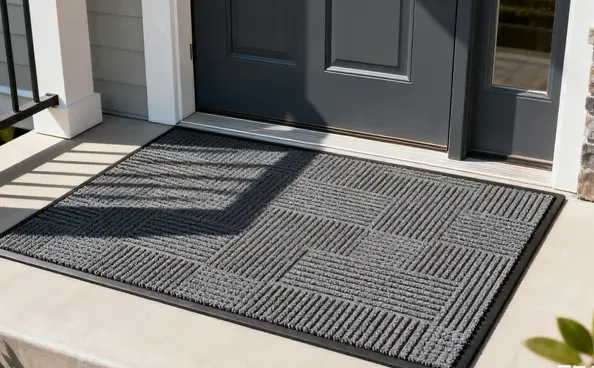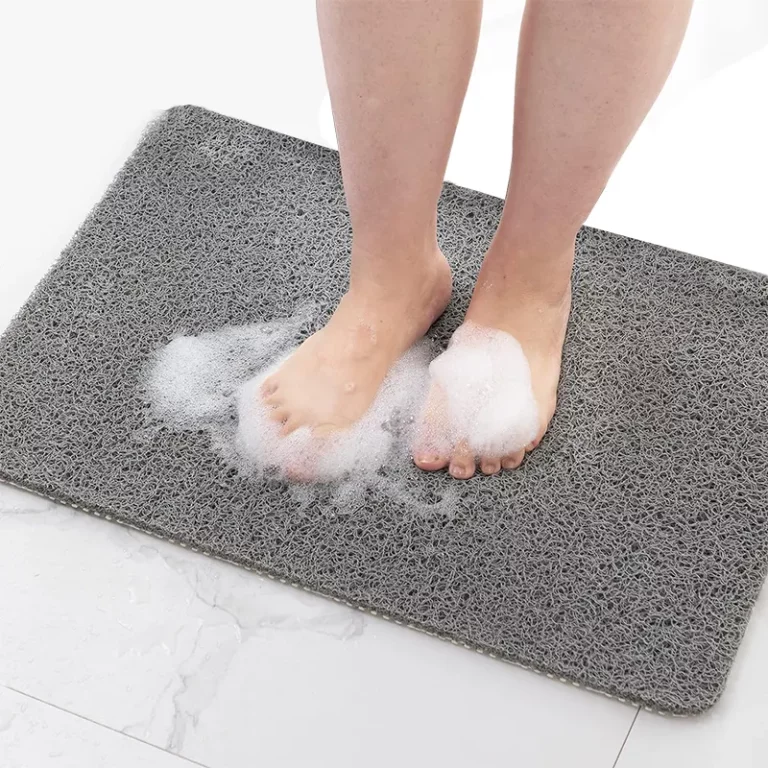The Ultimate Guide to Antibacterial Floor Mats for Hospitals: Ensuring Safety and Hygiene
In a medical facility, cleanliness isn’t just about appearances—it’s a critical component of patient safety and infection control. Antibacterial floor mats play a pivotal role in maintaining a sterile environment, reducing the risk of cross-contamination, and ensuring a safe space for patients and staff alike. This comprehensive guide explores everything you need to know about these essential mats, why they’re indispensable in hospitals, and how to choose the right supplier. Read on to discover how antibacterial entrance mats can make a significant difference in your medical facility.
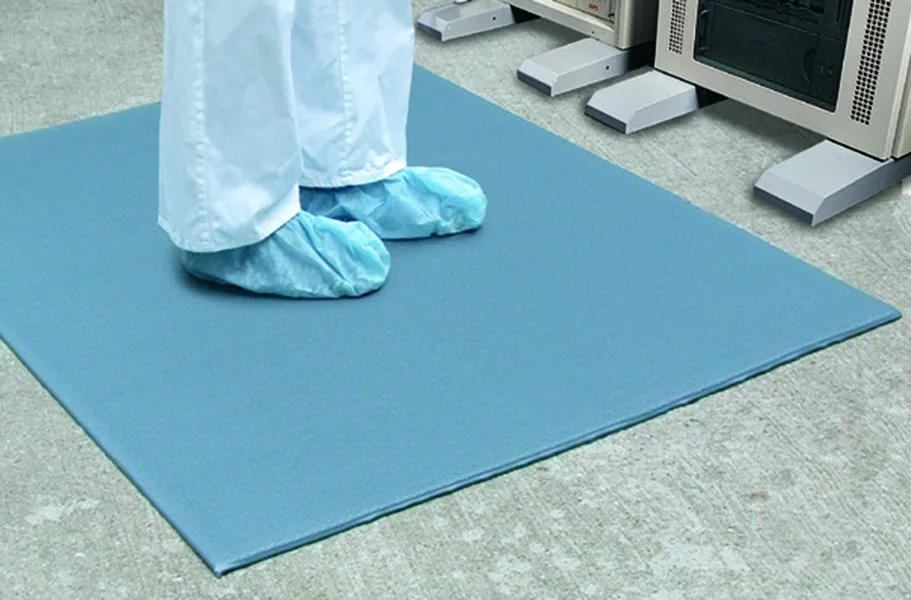
Tabla de contenido
Why Are Antibacterial Floor Mats Essential in Hospitals?
Preventing Cross-Contamination
In hospitals, preventing the spread of bacteria and viruses is paramount. Antibacterial floor mats act as a barrier, trapping dirt and dust that could carry harmful microorganisms.
- Reduces Dirt and Dust: Las alfombrillas ayudan capture dirt particles from shoe soles.
- Minimizes Germ Spread: Limits the movement of germs from one area to another.
Mejorar la seguridad
Antideslizante y wear-resistant mats ensure the safety of patients, staff, and visitors by preventing slips and falls.
- Superficie antideslizante: Provides traction even when the floor is wet.
- Wear-Resistant Material: Durable over time, reducing the need for frequent replacements.
Compliance with Health Standards
Usando antibacterial floor mats helps hospitals comply with strict hygiene regulations.
- Meets Health Codes: Aligns with sanitation requirements.
- Supports Infection Control Protocols: Integral part of a comprehensive hygiene strategy.
What Are the Key Features of Antibacterial Mats?
Propiedades antimicrobianas
These mats are treated with substances that inhibit the growth of bacteria and fungi.
- Prevents Microbial Growth:Mantiene el estera clean and germ-free.
- Long-Lasting Protection: Antimicrobial treatments remain effective over time.
Fácil de limpiar
Hospital mats need to be Fácil de limpiar to maintain hygiene standards.
- Materiales lavables: Can be sanitized without degrading the estera.
- Secado rápido: Minimizes downtime after cleaning.
Durabilidad
Mats are available in materials designed to withstand heavy foot traffic.
- Construcción de alta resistencia: Ideal for busy medical facilities.
- Resistant to Chemicals: Can endure cleaning agents without damage.
Different Types of Antibacterial Mats for Medical Facilities
Felpudos de entrada
Felpudos de entrada are the first line of defense against dirt entering the facility.
- Scrapes Off Debris: Removes dirt from shoe soles.
- Absorbent Materials: Soaks up moisture to prevent slippery floors.
Sticky Mats
Sticky mats, también conocido como clean room sticky mats, are used in areas requiring high levels of cleanliness.
- Adhesive Surface: Pulls dirt and dust off footwear.
- Disposable Layers: Peel away contaminated layers to reveal a clean surface.
Alfombrillas antifatiga
Designed for staff who stand for extended periods.
- Reduce la fatiga: Cushions feet and reduces strain.
- Antimicrobial Surface: Combines comfort with hygiene.
Anti-Static Mats
Anti-static mats are crucial in environments with sensitive electronic equipment.
- ESD Protection: Prevents electrostatic discharge.
- Antibacterial Properties: Maintains cleanliness.
How Do Sticky Mats Help in Clean Rooms?
Capturing Contaminants
Sticky mats are placed at entrances to clean rooms to capture dust particles.
- Adhesive Layers: Pulls dirt from the sole of the shoe.
- Reduces Airborne Particles: Minimizes contamination in sterile environments.
Fácil de usar
- Disposable Layers: Simply peel off the top layer when it becomes dirty.
- Bajo mantenimiento: No need for complicated cleaning procedures.
Enhancing Clean Room Integrity
By trapping contaminants, sticky mats help maintain the strict cleanliness standards of a cleanroom.
- Supports Clean Room Protocols: Essential for industries like pharmaceuticals and electronics.
- Solución rentable: Affordable way to enhance hygiene.
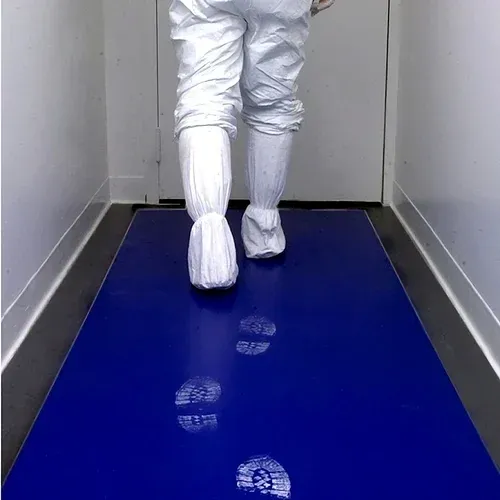
Anti-Fatigue Mats: Comfort Meets Hygiene
Benefits for Medical Staff
Staff in medical facilities often stand for long hours.
- Reduces Muscle Strain: Cushioned surface alleviates foot and leg fatigue.
- Aumenta la productividad: Comfortable staff are more efficient.
Antibacterial Surface
Combines the benefits of anti-fatigue properties with antibacterial surfaces.
- Hygienic Material: Inhibits bacterial growth.
- Fácil de limpiar: Sanitize without harming the estera.
Ubicaciones ideales
- Nurse Stations
- Laboratories
- Pharmacy Counters
Choosing the Right Material: Rubber vs. PVC Mats
Alfombrillas de goma
Alfombrillas de goma are durable and often used in entrance door mats.
- Superficie antideslizante: Enhances safety.
- Caucho natural: Eco-friendly options available.
- Wear-Resistant: Withstands heavy foot traffic.
Esteras de PVC
Esteras de PVC offer flexibility and are often used in anti-fatigue and recubrimiento de piso aplicaciones.
- Ligero:Fácil de mover e instalar.
- Diseños versátiles:Disponible en varios patrones y colores.
- Rentable: Affordable without sacrificing quality.
Comparing the Two
| Característica | Alfombrillas de goma | Esteras de PVC |
|---|---|---|
| Durabilidad | Alto | Moderate to High |
| Costo | Higher upfront cost | Más asequible |
| Resistencia al deslizamiento | Excelente | Bien |
| Peso | Más pesado | Ligero |
| Aplicaciones | Entrances, heavy-duty areas | Anti-fatigue, floor coverings |
The Role of Antimicrobial Mats in Infection Control
Inhibiting Bacterial Growth
Antimicrobial mats are treated to prevent the growth of bacteria, mold, and mildew.
- Continuous Protection: Works 24/7 to maintain a hygienic surface.
- Reduces Odors: Prevents odor-causing bacteria.
Ideal for High-Risk Areas
- ICUs and Operating Rooms
- Laboratories
- Food Preparation Areas
Supporting Sanitation Protocols
- Fácil integración: Fits seamlessly into existing cleaning routines.
- Mejora la seguridad: Contributes to a safer environment for patients and staff.
How to Maintain and Clean Antibacterial Mats
Limpieza regular
- Aspirar: Removes loose dirt and debris.
- Mopping: Use appropriate cleaning agents for deeper cleaning.
Sanitization
- Disinfectants: Use hospital-grade disinfectants compatible with the estera material.
- Autoclavable Mats: Some mats can be sterilized in an autoclave for maximum hygiene.
Replacement Indicators
- Desgaste: Replace mats showing signs of damage.
- Surface Integrity: Ensure the antibacterial coating is intact.
Selecting a Reliable Supplier for Hospital Mats
Seguro de calidad
Elige una proveedor who guarantees high-quality, durable mats.
- Certificaciones: Look for ISO or similar quality standards.
- Material Transparency: Know what materials are used in the mats.
Soluciones personalizadas
Un buen proveedor offers customized options to meet your facility’s needs.
- Tamaños y diseños personalizados: Fit mats to specific areas.
- Logo and Branding: Incorporate facility logos if desired.
Soporte posventa
- Garantía: Ensure there’s a warranty for defects.
- Servicio al cliente: Responsive support for any issues.
¿Buscas tapetes de alta calidad? Echa un vistazo a nuestros Alfombrillas para escaleras duraderas for added safety in your facility.
Preguntas frecuentes
What Makes a Mat Antibacterial?
Respuesta: Antibacterial mats are treated with antimicrobial agents that inhibit the growth of bacteria and fungi, keeping the surface clean and reducing the risk of cross-contamination.
Can Antibacterial Mats Be Used in Non-Medical Settings?
Respuesta: Yes, they are also ideal for places where hygiene is crucial, such as food processing plants, laboratories, and even homes.
How Often Should Sticky Mats Be Replaced?
Respuesta: The frequency depends on foot traffic. Once the top layer is dirty, peel it away to reveal a new layer. Sticky mats typically have 30 layers per pad.
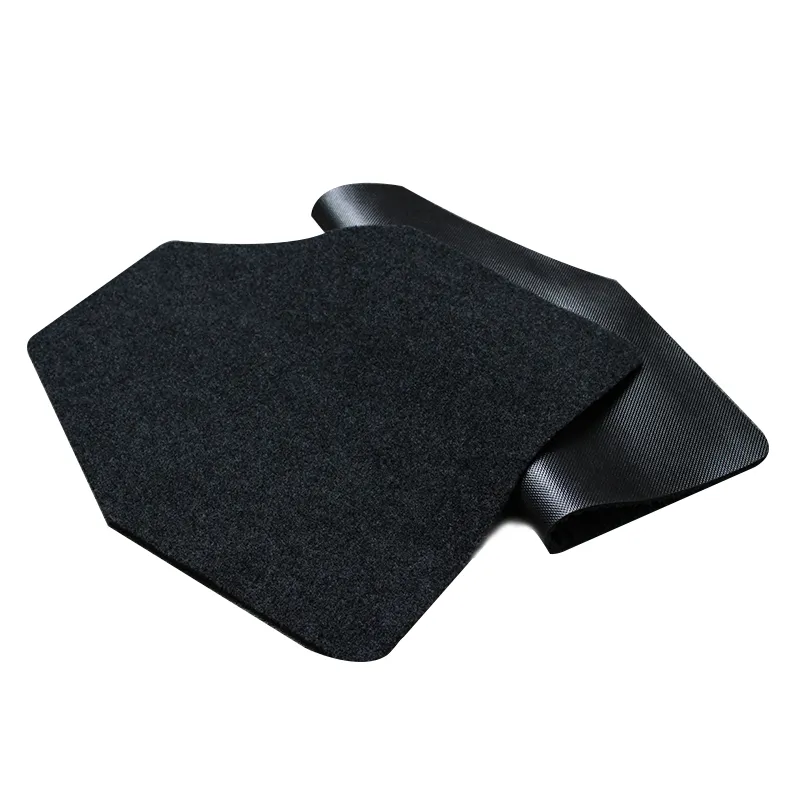
Alt text: “cut pile urinal mats”
Are Anti-Fatigue Mats Really Beneficial?
Respuesta: Absolutely! They reduce fatigue, increase comfort, and can improve productivity, especially in roles requiring long periods of standing.
What Features Should I Look For in a Supplier?
Respuesta: Look for a supplier with a reputation for quality, offers customization, and provides excellent customer service.
Conclusión
Antibacterial floor mats are an essential component in maintaining hygiene and safety within hospitals and other medical facilities. From preventing cross-contamination to providing comfort for staff, these mats serve multiple crucial functions. By understanding the types available and their specific benefits, you can make informed decisions to enhance your facility’s cleanliness and compliance with health standards. Remember, the right mat not only protects your floor but also the health of everyone who walks through your doors.
Puntos clave
- Hygiene is Paramount: Antibacterial mats help prevent the spread of germs.
- Tipos de tapetes: Choose from entrance mats, sticky mats, anti-fatigue mats, and more.
- Asuntos materiales: Understand the benefits of goma vs. Esteras de PVC.
- Maintenance is Essential: Regular cleaning and proper care extend the life of your mats.
- Choose the Right Supplier: Quality, customization, and support are critical factors.
For more solutions to keep your facility safe and clean, explore our Alfombrillas ecológicas para escaleras y Alfombrillas antideslizantes para escaleras designed for durability and safety.
Enhance comfort in staff areas with our Alfombrillas de cocina that offer anti-fatigue properties and easy cleaning.
Ready to enhance your facility’s hygiene and safety? Contáctenos today to find the perfect antibacterial mats for your needs.

